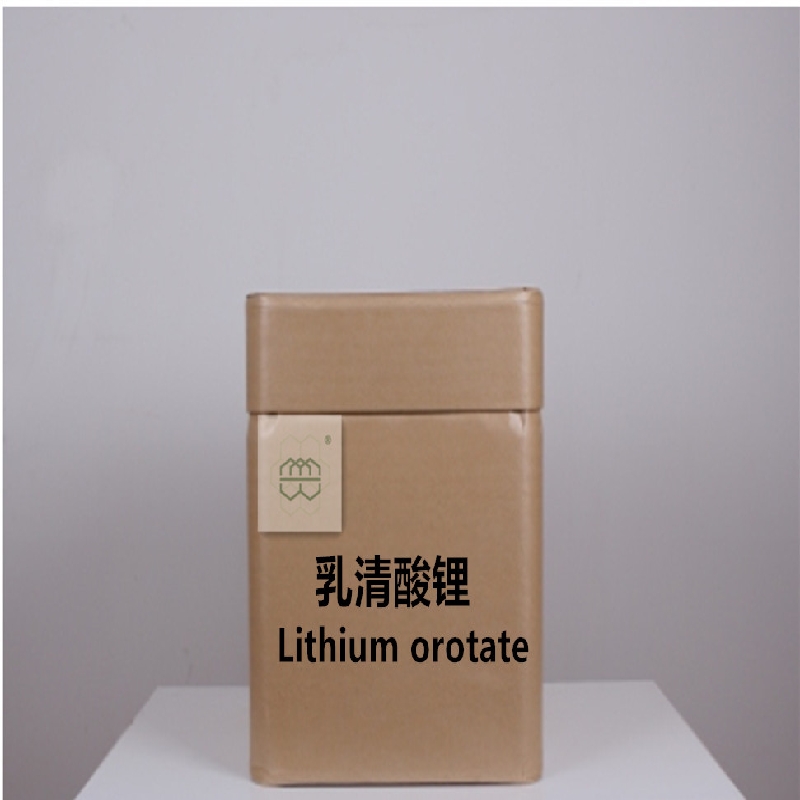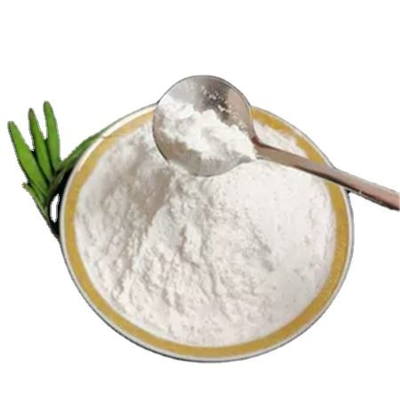Islet cells were successfully tested in animals transplanted under the skin
-
Last Update: 2021-03-13
-
Source: Internet
-
Author: User
Search more information of high quality chemicals, good prices and reliable suppliers, visit
www.echemi.com
BEIJING, Sept. 7 (Xinhua Zhang Mengran) According to a new medical study published in the British journal Nature Metabolism on the 7th, U.S. scientists have reported a new method of subsothebic transplantation of islet cells that can keep blood sugar levels in animal models of type I. diabetes stable and have been successfully tested in some primates. The results of this study are of great significance for improving the treatment of this autoimmune disease.
, the number of adults with diabetes has tripled in the past 40 years, according to a World Health Organization report. Although the disease can be controlled by drugs, there is no cure at this stage to stop or reverse the progression of the disease, meaning that there is no cure for diabetes in humans. It is now believed that the most important thing is to make full use of insulin, which is the only "saviour" in the body to lower blood sugar.
for people with type I diabetes, transplanting islet cells into the liver is a treatment that can lead to complications such as bleeding, thrombosis, and rejection of transplants. The location of the insepheric transplant is of concern because they are more easily accessible and monitored, but the graft usually does not survive because the cells do not have enough nutrients and oxygen.
, researchers Ali Naji, Dave Jansh Agarwal and their colleagues at the University of Pennsylvania overcame the problem by wrapping islet cells in a new collagen substring. This substation helps cells survive subsurfic transplantation. When the team tested the technique in rodent models and a handful of primates, it allowed the animals to maintain normal production of insulin and glutamate.
islet cells are in short supply because they come from the remains of the provider, the team believes their method could be used to improve the viability of other types of transplanted cells. For example, if stem cell-sourced β cells can also be treated, they may become a renewable source of insulin secretion cells, replacing those lost in people with type I diabetes.
, the researchers concluded that while further research is needed, the emergence of islet insalia transplants could provide a new treatment option for people with type I diabetes.
This article is an English version of an article which is originally in the Chinese language on echemi.com and is provided for information purposes only.
This website makes no representation or warranty of any kind, either expressed or implied, as to the accuracy, completeness ownership or reliability of
the article or any translations thereof. If you have any concerns or complaints relating to the article, please send an email, providing a detailed
description of the concern or complaint, to
service@echemi.com. A staff member will contact you within 5 working days. Once verified, infringing content
will be removed immediately.







